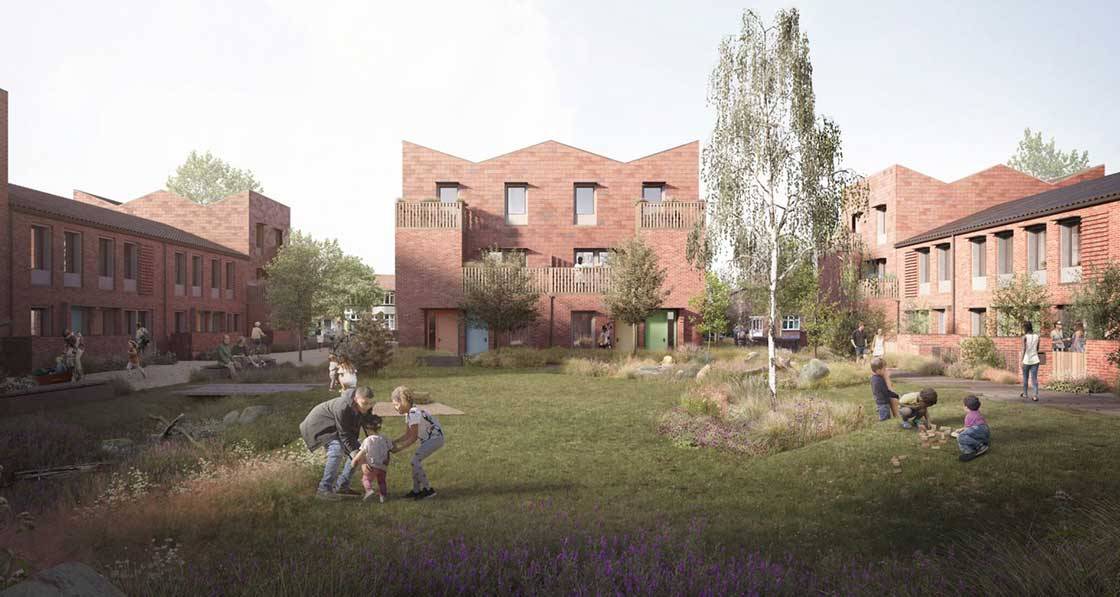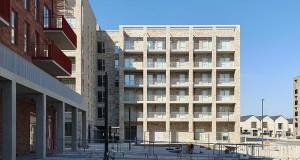
- NZEBs
- Posted
LETI: 33,000 net zero carbon homes planned
Plans for over 33,000 net zero carbon new homes are underway across the UK, Passive House Plus can reveal.
This article was originally published in issue 37 of Passive House Plus magazine. Want immediate access to all back issues and exclusive extra content? Click here to subscribe for as little as €10, or click here to receive the next issue free of charge
Data collated by the London Energy Transformation Initiative (LETI) indicates that 33,000 homes at master planning level are set to be designed to meet key performance indicators for scalable net zero, as defined by LETI – meaning they are highly energy efficient, such that they are using their fair share of the UK’s predicted renewable energy supply. LETI told Passive House Plus a further estimated 2,500 homes currently at stage two to four (post planning but pre construction) are also set to meet the key performance indicators.
The LETI net zero carbon definition includes a total energy use intensity figure for energy consumed at the meter. The figure varies based on building type, ranging from 35 kWh/m2/ yr of gross internal area for dwellings, to 55 and 65 kWh/m2/yr for commercial offices and schools, respectively. LETI describe this as the maximum energy budget for the building, to enable a decarbonised grid to meet the remaining demand. The net zero carbon target also includes a space heating demand of 15 kWh/m2/yr. “It’s essentially building to the passive house standard with a heat pump,” said LETI’s Clara Bagenal George, adding that LETI’s targets were for in use energy, rather than just for calculated energy use.
LETI’s rise has been little short of meteoric. While this may seem a remarkable phenomenon given the organisation’s voluntary, decentralised nature, Bagenal George cites these very characteristics as being essential to its success. “It wouldn’t have worked if it was a top down approach,” she said. “Our collaborative approach has fostered much more of a sense of ownership of the targets across the network.”
The group was set up to work collaboratively to put together evidence-based recommendations for two pieces of policy – the new London Environment Strategy and the rewrite of the London Plan. In the absence of clear, credible statutory targets for net zero carbon buildings, LETI decided to set its own, preparing a one page definition of net zero carbon in December 2019, and the LETI Climate Emergency Design Guide in January 2020. “We thought we needed to define good,” said Bagenal George. “We’ve been astounded by the response. I think it shows the collaborative approach works, rather than just a centralised approach.” LETI subsequently played a key role in mobilising engagement in the consultation process for the Future Homes standard.
Bagenal George said LETI began the process of collating numbers on projects so that other built environment professionals can point to the explosion of construction projects being designed to LETI’s net zero carbon targets






